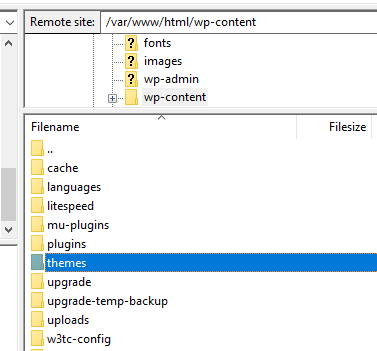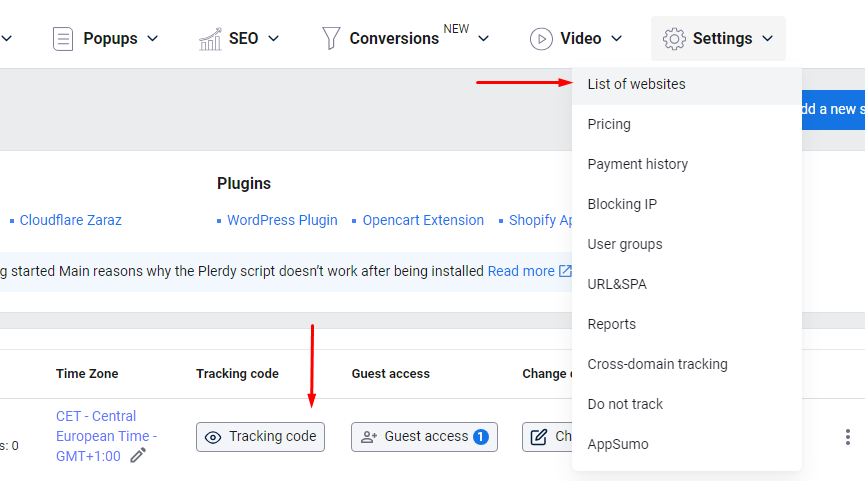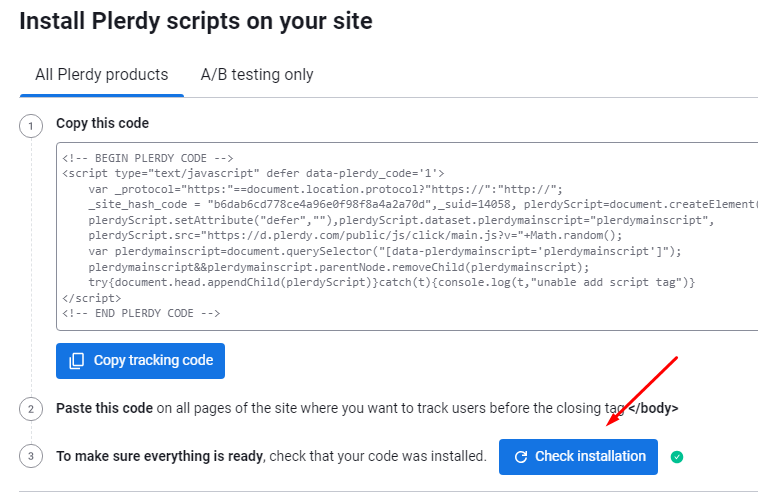This is a step-by-step guide on how to add Plerdy tracking code to a WordPress site using FTP. If you're unfamiliar with accessing your site via FTP, you should ask a developer to handle this task. It typically takes about a minute for someone who knows the path to the site's theme.
Step 1: Download and Install FileZilla
Begin by downloading FileZilla, a free FTP client, from its official website. Install it following the instructions provided.
Step 2: Connect to Your Website via FTP

Launch FileZilla. Input your FTP credentials: host, username, password, and port (usually 21). Press 'Quickconnect' to connect to your web server.
Step 3: Locate Your WordPress Theme Files

In FileZilla, navigate to the 'public_html' or 'www' directory, then go to 'wp-content' > 'themes'. Find the folder for your active WordPress theme.
Step 4: Find the Footer File
Search for a file named 'footer.php' in your theme's folder. This file is where you'll insert the Plerdy tracking code.
Step 5: Backup the Footer File
Before modifying, download 'footer.php' to your computer as a backup. Right-click the file in FileZilla and select 'Download'.
Step 6: Get the Plerdy Tracking Code

Log into your Plerdy account, head to the dashboard, and copy the tracking code provided.
Step 7: Edit the Footer File
Right-click 'footer.php' in FileZilla and select 'View/Edit' to open it in your default text editor.
Step 8: Add the Plerdy Tracking Code

Insert the Plerdy tracking code just before the closing '</body>' tag in the 'footer.php' file.
Step 9: Save and Re-upload the File
After editing, save the 'footer.php' file. FileZilla will prompt you to upload it back to the server. Confirm the upload.
Step 10: Confirm Installation on Your Website

Visit your website, right-click to select 'View Page Source', and check if the Plerdy code is present near the '</body>' tag.
Step 11: Verify in Plerdy Dashboard
Finally, to confirm the tracking is active, open Chrome in Incognito mode and visit your website. Click on any text on the page multiple times. Then, in your Plerdy dashboard, navigate to Heatmaps > Clicks. Select today's date in the calendar. You should see the clicks you've made. If the clicks are visible, the tracking is working correctly. If no clicks are recorded, revisit the previous steps for any issues or refer to the common reasons below for why data might not be collected.
Conclusion: Troubleshooting Common Issues
If you notice that Plerdy isn't collecting user behavior data, consider the following common issues:
- Incorrect Installation: Ensure the code is placed before the closing '</body>' tag in 'footer.php'. Improper placement can lead to tracking issues.
- Caching: Clear your website’s cache after installing the script. Caching plugins or server-side caching might serve an older version of your pages without the new code.
- Conflict with Other Scripts: Sometimes, other scripts or plugins may conflict with Plerdy's tracking code. Try disabling other scripts to identify the issue.
- Content Security Policy (CSP): If your site has CSP headers, ensure that they don't block the execution of external scripts like Plerdy.
- Incorrect Account Settings: Double-check your Plerdy account settings to ensure they are configured correctly for your website.
- Script Modifications: Avoid modifying the Plerdy tracking code, as any alteration can prevent it from working correctly.
For more detailed troubleshooting, refer to Plerdy's official blog post on why the script might not work after installation.
